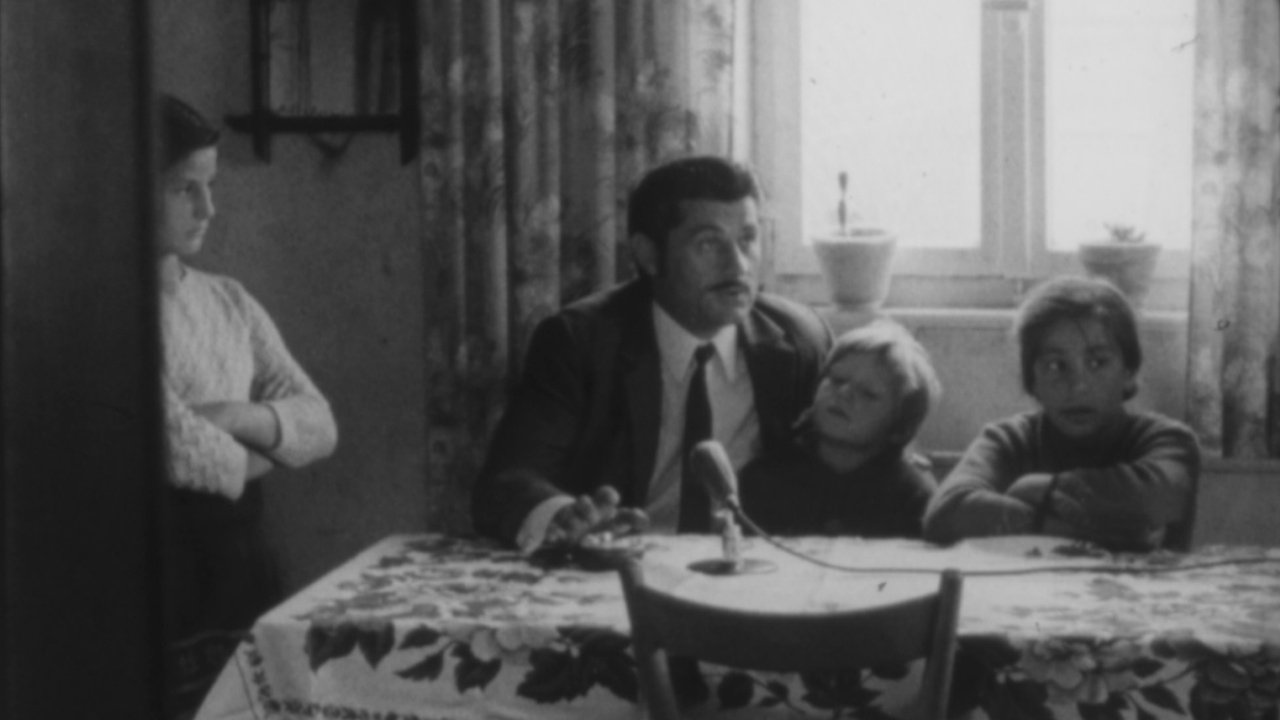
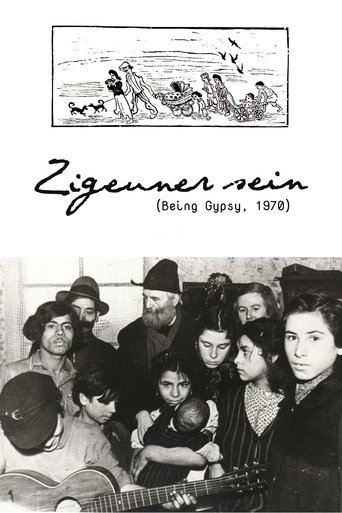
Being Gypsy
Roma and Sinti people talk about their experiences in the Third Reich and the Federal Republic of Germany, inspired by Otto Pankok’s paintings of Romani theme and subject in the 1930s, declared degenerate art by the Nazis. These are moving narratives of persecution, discrimination, marginalisation, of life as second-class human beings, all of which lasts, incredibly enough, right up to the allegedly democratic present day of the film, since they live in inhumane conditions in barracks at the margins of cities and society and are not officially recognised as Nazi victims. Long, nearly uncut sequences open space for the people and their stories. That’s all it takes for one of Peter and Zsóka Nestler’s most important works.
- Overview
- Crew
- Recommendations
Being Gypsy
- Overview
- Crew
- Recommendations
Status
Released
Release Date
Dec 18, 1970
Runtime
0h 47m
Genres
Documentary
User Score
57%
Original Title
Att vara zigenare
Production Companies
SVT
Director
Zsóka Nestler
Description
Roma and Sinti people talk about their experiences in the Third Reich and the Federal Republic of Germany, inspired by Otto Pankok’s paintings of Romani theme and subject in the 1930s, declared degenerate art by the Nazis. These are moving narratives of persecution, discrimination, marginalisation, of life as second-class human beings, all of which lasts, incredibly enough, right up to the allegedly democratic present day of the film, since they live in inhumane conditions in barracks at the margins of cities and society and are not officially recognised as Nazi victims. Long, nearly uncut sequences open space for the people and their stories. That’s all it takes for one of Peter and Zsóka Nestler’s most important works.
Crew
Recommendations
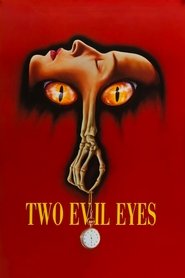
Two Evil Eyes

The Tuche Family: The American Dream

Succubus

Bill Burr Presents: Friends Who Kill

The Hunger Games: Catching Fire
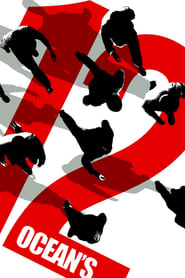
Ocean's Twelve

The Wild

Barbie: The Pearl Princess

The Wizards Return: Alex vs. Alex

Cloudy with a Chance of Meatballs 2
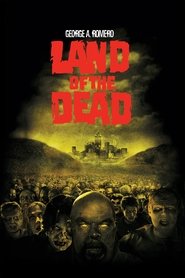
Land of the Dead

The Hunger Games: Mockingjay - Part 2

The Hunger Games: Mockingjay - Part 1
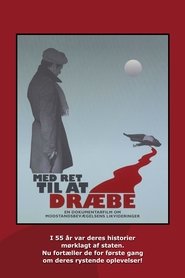
With a Right to Kill

Alice in Wonderland

Forget Me Not

Halloweentown II: Kalabar's Revenge

Siberian Education

Halloween: Resurrection

